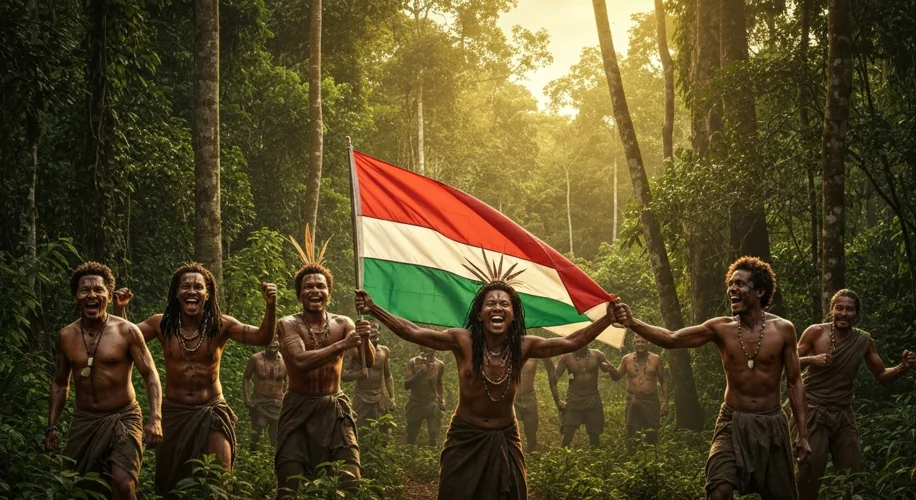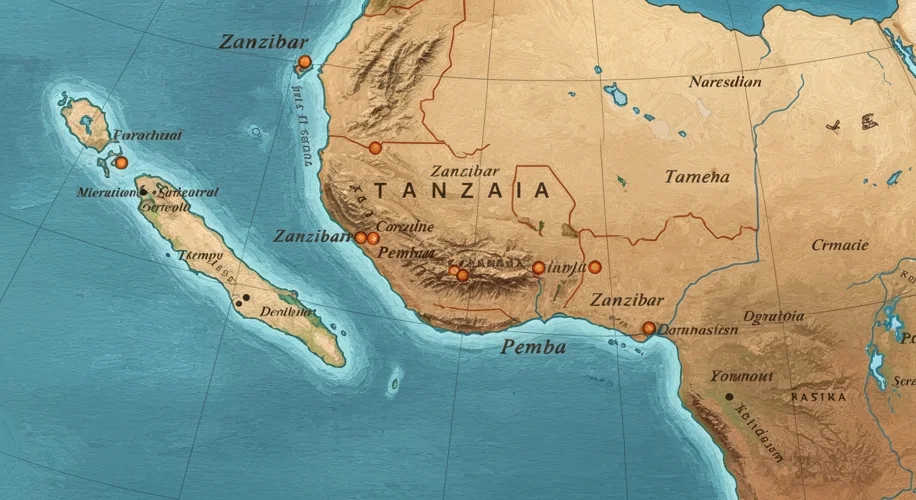The mid-20th century crackled with a new energy across Africa. Decades of colonial rule were crumbling, replaced by a fervent desire for self-determination. This was not merely a localized struggle for independence; it was the vibrant, pulsating heart of Pan-Africanism, a dream of a united, free, and empowered continent. But what did this grand vision mean for the diverse peoples of East Africa, and how did it weave through the intricate tapestry of their emerging national identities?
Pan-Africanism, as a concept, had roots stretching back centuries, finding its voice in the diaspora as a yearning for solidarity against oppression. Figures like W.E.B. Du Bois and Marcus Garvey championed the idea of a unified Black continent. By the mid-20th century, this intellectual current had surged onto African soil, finding fertile ground among leaders educated in the West and acutely aware of the arbitrary borders imposed by colonial powers. They saw a shared history of struggle and a common destiny that transcended these artificial lines.
In East Africa, this Pan-African spirit intertwined with burgeoning nationalisms. Each territory – Tanganyika, Kenya, Uganda, Zanzibar – grappled with its unique colonial legacy and the distinct identities forged within those confines. The dream of a united East Africa, perhaps a federation, was a powerful undercurrent, but the immediate, pressing reality was the forging of sovereign nation-states.
Consider Tanganyika, under the wise and measured leadership of Julius Nyerere. His vision of ‘Ujamaa’ – familyhood – was deeply rooted in African socialist principles and aimed to build a self-reliant nation free from the exploitative structures of colonialism. Nyerere was a staunch Pan-Africanist, advocating for regional cooperation and the eventual liberation of the entire continent. His influence was immense, a moral compass for many.

Across the border in Kenya, the struggle for independence was a bloody affair. The Mau Mau Uprising, a brutal and complex rebellion against British rule, highlighted the deep-seated grievances and the fierce determination of the Kikuyu people, among others. Figures like Jomo Kenyatta, after his release from detention, emerged as a key leader, guiding Kenya towards independence in 1963. The memory of the struggle, however, left its own imprint on Kenyan identity.
Uganda, under Milton Obote, also navigated the treacherous waters of post-colonial nation-building, facing its own internal political challenges.
But it was the island of Zanzibar that would soon become the focal point of a dramatic and transformative event, one that sent ripples across East Africa and the continent: the Zanzibar Revolution of January 1964.
Zanzibar, a semi-colonial sultanate, had a complex social fabric. For centuries, it had been a hub of trade, influenced by Arab, Persian, and African cultures. The ruling Arab elite held significant economic and political power, while the majority African population, particularly the Shirazis and mainland Africans, felt marginalized and disenfranchized. The independence granted by the British in December 1963 did little to alter this power dynamic, leaving simmering resentments to boil over.
On January 12, 1964, the fuse was lit. A small group of revolutionaries, led by figures like John Okello, a charismatic but controversial radio operator, launched an uprising. The assault was swift and decisive. Okello, armed with a sten gun and a vision of radical social change, rallied a force of thousands. They stormed government buildings, disarmed the police, and within hours, had overthrown the sultanate. The image of the overthrown Sultan Jamshid bin Abdullah fleeing the island symbolized the end of an era.

The revolution was a violent affair, with reports of significant loss of life, particularly among the Arab population. It was a stark reminder that the transition from colonial rule to self-determination was rarely smooth or without its own internal conflicts. Okello, with his fiery speeches broadcast across the island, became a symbol of this radical break from the past.
The immediate aftermath saw the establishment of the People’s Republic of Zanzibar, with Sheikh Abeid Karume as its first President. Karume, a more pragmatic leader than Okello, sought to implement sweeping social and economic reforms. Land was redistributed, and institutions were reorganized to reflect the new power structure.
The Zanzibar Revolution had profound implications. It demonstrated the potent force of popular uprising when deep-seated social and economic inequalities existed. Crucially, it also directly influenced the political landscape of Tanganyika. Just months later, in April 1964, Tanganyika and Zanzibar united to form the United Republic of Tanganyika and Zanzibar, which was soon renamed Tanzania. This union was a landmark moment, a practical manifestation of Pan-African ideals on a regional scale. Nyerere, ever the visionary, saw the potential for a stronger, more unified East African entity.

The revolution in Zanzibar, therefore, was not just an island’s story. It was a critical chapter in the broader narrative of Pan-Africanism and the complex evolution of East African nationalism. It showed that while the dream of a united continent was powerful, the immediate, often tumultuous, process of forging national identities and addressing internal injustices was paramount. The echoes of Uhuru – freedom – resonated loudly from Zanzibar, influencing the trajectory of a nation and inspiring a continent.
The legacy of the Zanzibar Revolution is multifaceted, prompting ongoing discussions about the nature of revolution, the challenges of post-colonial state-building, and the enduring pursuit of African unity. It stands as a testament to the transformative power of collective action and the unyielding spirit of a people striving for self-determination.

